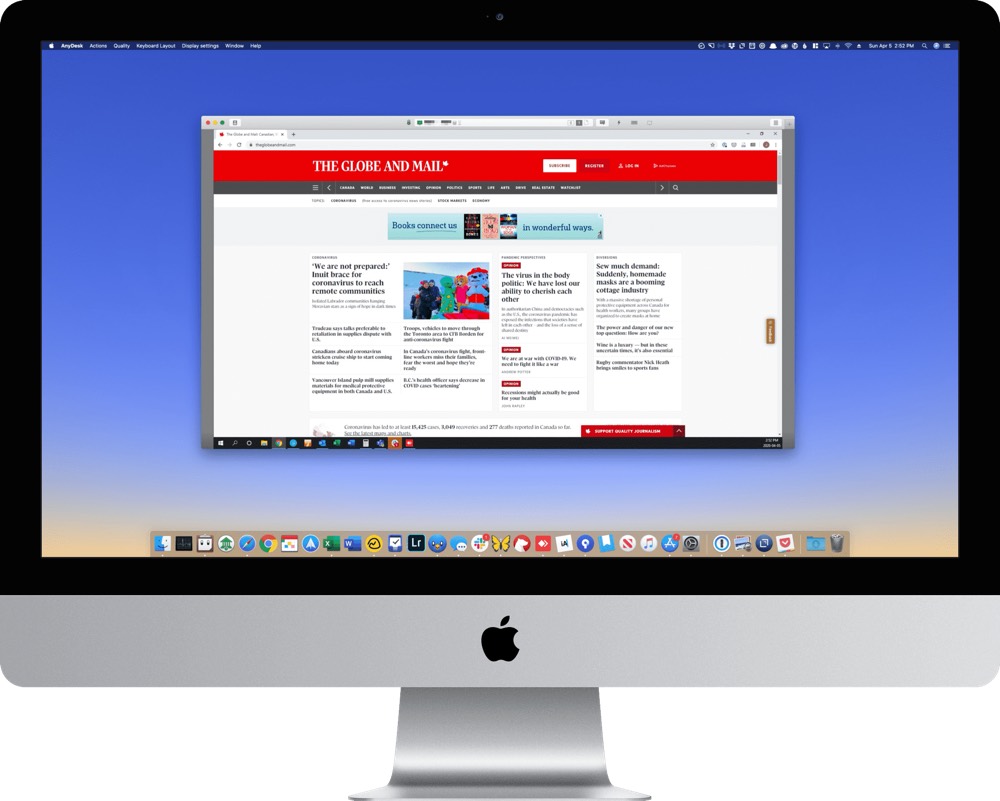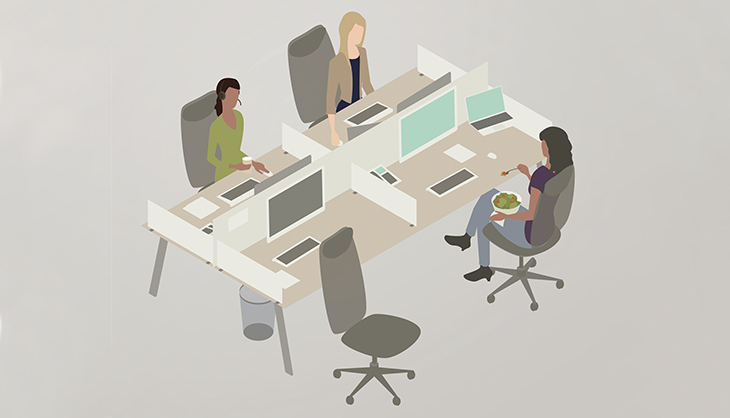- 4Display
The privacy mode of the AnyDesk app disables the monitor on the client user. The screen contents which are present are then hidden from anyone’s physical access. Further, any kind of input is blocked during the privacy mode from the remote side. The privacy mode. Enabling privacy mode during a session will disable the monitor on the remote side so the screen contents are hidden for anyone with physical access to the remote device. AnyDesk did not work in this case until the second zone dialog was accepted. When starting the portable version as admin and pressing '+', a cycle could be created which. The backend client does not support Privacy Mode (Windows 7 or outdated client version). The backend client is not able to enter Privacy Mode due to missing privileges required by the operating system. Enabling privacy mode during a session will turn off the monitor on the remote side so the screen content is hidden. FibernewSeeking in session player. AnyDesk did not work when the monitor was rotated. On these systems, AnyDesk should now transmit the monitor content normally.
The session settings are displayed toolbar.See also: Permissions
| Connection State | Remote Permissions | System Information | |||
| Chat | Actions | Keyboard | Display | Local Permissions | Whiteboard |
Connection State
The connection state indicating whether AnyDesk is connected to the server or is in session.
- ready
- in a session
- connecting to the network
| Hourglass | Indicates when AnyDesk is busy with transmitting image data (for slow links). |
|---|---|
| Harddrive | Indicates the hard drive status of the remote machine. Useful for diagnosing if the remote operation is delayed due to a busy drive. |
| Favorite | Add session partner to favorites. |

System-Information
Displays system information and session permissions of the remote device.
| AnyDesk | Remote Device | Hardware | Network |
|---|---|---|---|
| ID | Operating System | Memory/RAM | Network Adapter |
| Alias | Computer Name | Mainboard | IP Address |
| AnyDesk version | User Name | CPU | MAC Address |
| License | Domain | Graphics Card | |
| Elapsed time | Remote Permissions | Hard Disk |
Actions

- Request Elevation: Request administrative permissions for AnyDesk on the remote side. For this the remote side needs to accept the UAC Request.
- Switch sides: Changes the direction of the presentation. Use this feature if you want to show something on your desktop to the remote user during a remote support session.
- Ctrl + Alt + Del: Invokes the secure attention sequence on the remote machine (pressing these keys cannot be transmitted directly by AnyDesk, as the operating system does not permit it for security reasons). This option is only available if AnyDesk is installed on the remote machine or AnyDesk ist started with administrative rights.
- Take screenshot: Saves the current session image to: %homepath%PicturesAnyDesk
Display
Options to adjust the appearance of the session:
- View mode
- Fullscreen mode: Switches AnyDesk to Fullscreen mode. (faster)
- Original: This option displays the image untouched in original remote resolution. If the remote desktop does not fit, the view will be scrolled to the mouse cursor position. In case the remote monitor needs less area than the local monitor, grey bars are inserted at the sides.
- Shrink: This option shrinks the displayed image if necessary to ensure that it fits into the available screen space. Instead, grey bars are inserted at the borders.
- Stretch: Unlike the above option, it stretches the image to cover the available screen. The image might appear blurry, if the remote monitors resolution is much lower than the local resolution.
- Auto Adopt Resolution: When AnyDesk is in window mode and the remote display panel doesn't fit into the Main Window, this option reduces the remote resolution to let it fit into the available window. This option works for both directions lowering the resolution for a smaller window, or increase it for a window bigger than the displayed remote panel. In the best case, the resolution is equal on remote and local side, when using this option.
Quality
These settings determine the perceived quality of the connection. This is a trade-off between reaction speed (low lag) on the one side, and good rendition of the remote image on the other side.AnyDesk performs a detection of the connection quality during every session preamble. You can choose how the results of the connection quality measurement affects the rendition of the remote machine.
- Best audio/video quality: This mode has the best rendition but at the highest cost of transmitted data. Use this mode with fast connections. You can select this mode on slower links as well if your work involves few data intensive operations, such as using a text editor.
- Balanced: If selected, AnyDesk tries to choose the best trade-off between laggyness and image/audio quality.
- Optimize reaction time: Choose this mode if you want the best reaction time and a feeling as if there are no transmission programs involved at all. This can visibly affect the image quality, depending on the connection speed.
- Preserve details: Choose this mode and 'Best audio/video quality' for a Lossless image.
- Detect connection speed: If you unselect this option, the measured bandwidth is not used as a basis for selecting the quality. Instead, three predefined parameter sets are used. Not recommended. Use this mode if you suspect an error in the measurement of the connection quality.
Apart from image quality (which is DeskRT quality for GUI data and video/vp8 quality for fast moving natural images) and audio quality, some effects of the graphical user system will be disabled if needed in order to keep the bandwidth requirement low.
Visual Helpers
- Show remote cursor: Determines whether AnyDesk renders the remote users cursor. This enables the user on the remote side to point you something.
- Show move/size-helper: For slow internet connections, moving or resizing windows can get too slow for fluent work. Check this option so AnyDesk immediately shows the position of the remote window by overlaying a purple transparent rectangle.
Local Permissions
Controls the interaction with the user of the remote device. Options not available or denied by the remote client are grayed out or display a denied symbol.The setting is saved per ID and is persistent across sessions.
- Transmit sound: Choose whether to receive the remote sound given that the remote client has transmission enabled.
- Control mouse and keyboard: Select this option if you only want to view the remote image and do not want to interfere with the remote user by accident.
- Synchronize clipboard: If enabled, the clipboard is synchronized (Text and files). Both sides need to have the feature enabled.
- Block users input: Lock keyboard and mouse on the remote device. Useful to prevent interactions of the remote user with the session.
- Available if AnyDesk is installed or running with administrative privileges on the remote device.
- Lock remote account on session end: Activates the lock screen on the remote device on session end as if triggered by ❖ + L.
Anydesk Full Screen Mode Exit
- Enable privacy mode: disables screen and input from the remote device. Disabled by default and only available during unattended sessions.
Whiteboard
See Whiteboard
Windows 10 in S mode is designed for security and performance, exclusively running apps from the Microsoft Store. If you want to install an app that isn't available in the Microsoft Store, you'll need to switch out of S mode. Switching out of S mode is one-way. If you make the switch, you won't be able to go back to Windows 10 in S mode. There's no charge to switch out of S mode.

Is Anydesk Down
On your PC running Windows 10 in S mode, open Settings > Update & Security > Activation.
In the Switch to Windows 10 Home or Switch to Windows 10 Pro section, select Go to the Store. (If you also see an 'Upgrade your edition of Windows' section, be careful not to click the 'Go to the Store' link that appears there.)
On the Switch out of S mode (or similar)page that appears in the Microsoft Store, select the Get button. Creative writingms. schrolls ela classes. After you see a confirmation message on the page, you'll be able to install apps from outside of the Microsoft Store.
Learn how to upgrade from Windows 10 Home to Windows 10 Pro
Open Microsoft Store
